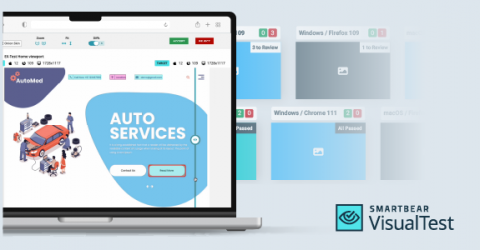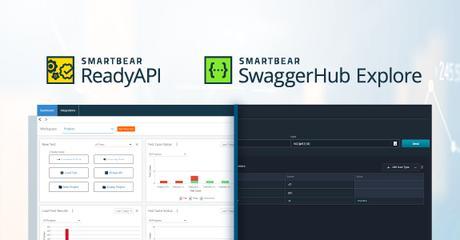Systems | Development | Analytics | API | Testing
April 2023
How to Overcome Flaky UI Tests
When writing your test automation scripts, it can be especially difficult to write code that adequately identifies visual defects. Typical functional tests do a poor job capturing all visual changes and they also leave you with lengthy and flaky code. And when your code becomes flaky, it becomes unreliable.
Innovate Faster with API Discoverability
More than 90% of developers use APIs regularly, according to Slashdata, with most (69%) using third-party APIs. At the same time, many businesses are recognizing the value of building API ecosystems. For instance, Expedia generates over 90% of its revenue from APIs, enabling third-party websites to book flights, cars, and hotels through its platform. With a growing number of APIs to choose from, discoverability is critical for the success of data-driven businesses.
Explore What's New - Episode 2
How to Test your AsyncAPIs with ReadyAPI
Testing asynchronous APIs (AsyncAPIs) is becoming increasingly important as more and more APIs adopt asynchronous communication patterns. ReadyAPI now supports testing of AsyncAPIs, making it an even better tool for API testing. In this blog post, we’ll provide step by step guidelines on how to import your AsyncAPIs from SwaggerHub into ReadyAPI and how to test them. Hopefully, this will help you get started with testing your own asynchronous APIs.
How to Scale Your Test Automation with BitBar
Software testing has evolved from an inconvenient ad-hoc process to an integral part of the software development lifecycle. However, while many teams have caught on to the benefits of test automation frameworks, some organizations have yet to scale up and expand their test coverage with cloud-based devices for integration tests.
Scale, Adapt and Respond Better with Event-Driven Architecture
Modern businesses demand companies to be fast, agile, customer-focused, innovative, collaborative, and digitally-savvy. Phew, that’s a lot! This poses the question of how can companies meet all these demands? The answer? By switching to microservices which build more scalable, agile, resilient, and diverse systems. When a company meets these demands, they stay competitive, grow their market share, and achieve long-term success.
Why Enterprises Are Adopting BDD & What It Means for QA Testing
Agile development methodologies are increasingly necessary to adapt to rapidly changing requirements, deliver value faster, and ensure a robust user experience. While many strategies address these challenges, behavior-driven development (BDD) is gaining particular attention for its unique ability to deliver on these goals through enhanced collaboration. In this article, we’ll look at BDD, why enterprises are adopting it, and what it means for QA testing teams.
Should You Automate It? Knowing When to Build Test Automation and When to Keep It Manual
Agile teams must adapt to changing requirements and continuously ship new features. But, while automated tests are faster, they take time to set up and still need ongoing maintenance. So, how do you decide when to invest time and energy in test automation and when to use manual tests? Striking the right balance is critical to success.
Can Your Test Management Tool Support an Agile Transition?
Many organizations are experiencing a digital transformation to keep pace with the rapidly changing technology landscape and the increasing demand for faster time-to-market. By embracing Agile principles, like collaboration, iterative development, and continuous feedback, you can respond more quickly to changing requirements and market conditions. But these transitions don’t happen overnight.
Unleash the Power of Parallel Testing with Selenium Grid
Automated tests are the cornerstone of high-quality software. Development teams can move faster without worrying about breaking existing functionality when automated tests run with each commit or deployment. At the same time, automated tests can help expand test coverage to provide customers with a higher-quality product. Selenium is one of the most popular tools for testing web applications.













